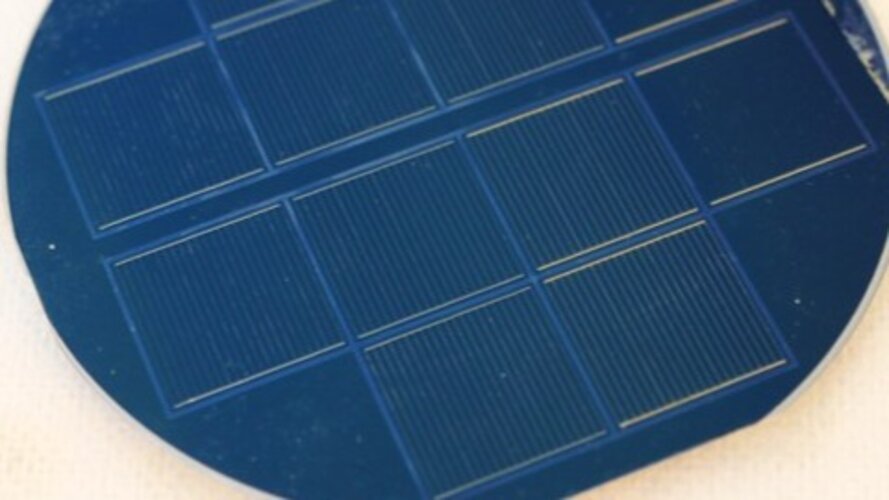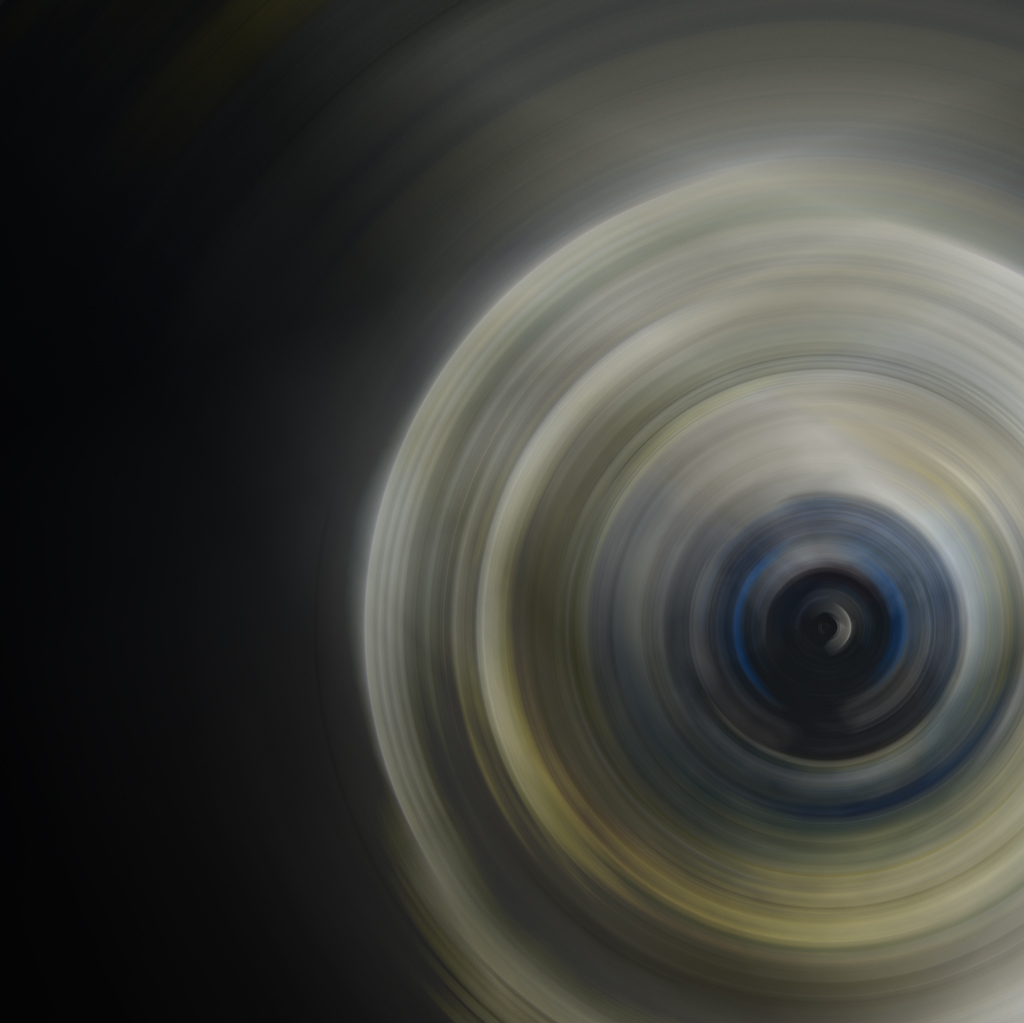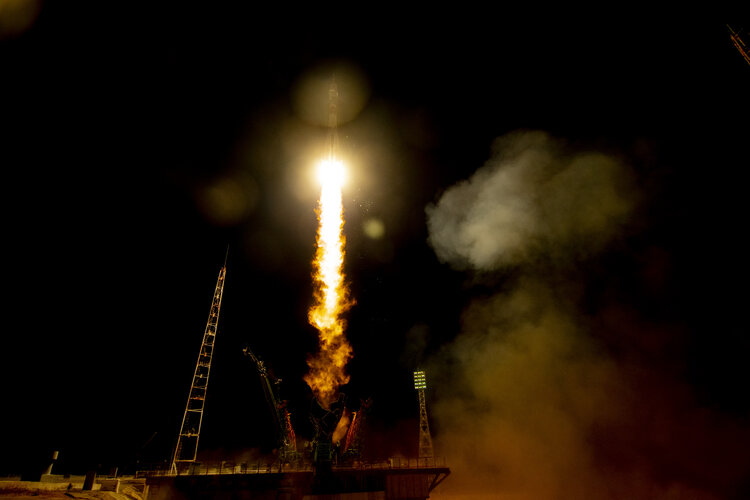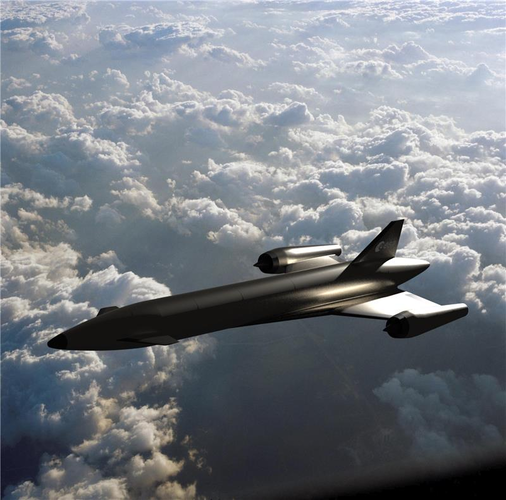News
Stay up to date with all the incredible activities and opportunities driven by the TEC directorate
ESA Stimulates Sustainable Energy Research
Conscious of the potential environmental impacts of the non-renewable materials used to make renewable energy technologies, last December ESA set out to find ideas for more environmentally, economically and socially sustainable ways to produce energy. A total of 30 ideas were proposed, of which 17 have been selected to submit full research proposals.
The aim was to source ideas that would advance the technologies required for 'artificial photosynthesis ', in a step towards producing hydrogen efficiently and sustainably, as well as reducing carbon dioxide in the air.
"I was really impressed by the quality of the proposals, which addressed both hydrogen production and carbon dioxide reduction," explains ESA Engineer Jean-Christophe Berton, who led the hunt for ideas. "One idea matched what I had in mind, but others were very innovative, and really showcased the capability of European SMEs and universities to brainstorm on behalf of ESA.
Hydrogen production and carbon dioxide reduction have the potential to be used for a vast range of space and terrestrial applications. The proposed ideas were varied, covering applications such as terraforming Mars, living on the Moon and supporting astronauts onboard the ISS. One selected idea, for example, explores how photosynthesis works in microgravity to model the processes behind photochemical devices in the same situation.
Jean-Christophe works on ground segment systems at ESA's European Space Operations Centre (ESOC), and notes: "A few of the ideas have the potential to make their way through ESA's investment channels to materialise in ground station use cases. For other applications, for example, providing energy on other planets, relevant ESA experts have commented on how the ideas nicely complement existing research."
















